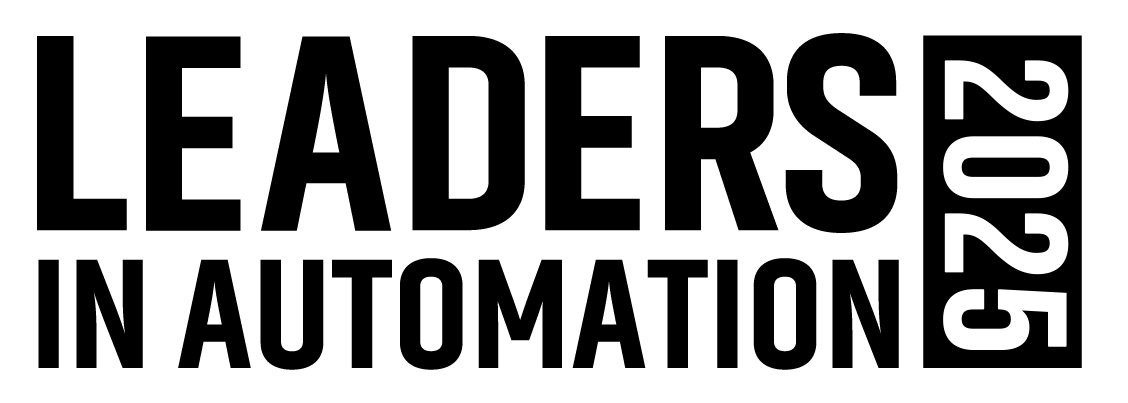Don't Let Your Plant Fall Behind: Why OT Teams Must Embrace AI Now
From streamlining configuration to reducing human error and accelerating design, AI (artificial intelligence) offers game-changing potential. But if you're not already adopting it — or at least exploring it — you’re leaving significant ROI, innovation potential and future competitiveness on the table. The longer organizations delay, the greater the cost of their slowness to adopt.
These delays can be seen across the manufacturing industries, which raises the question: Why is the operational technology (OT) space lagging in AI adoption?
While business and IT sectors are integrating AI at astonishing rates, OT has remained cautious. The manufacturing industries have been known to be risk-averse, largely because change comes with real consequences. Upgrading systems can lead to downtime, lost production, added costs and increased risk of failure. So, it’s no surprise that many teams prefer the safety of business as usual.
However, the skilled workforce industry has long relied on is aging and shrinking. Without automation and AI to support operations moving forward, teams risk becoming both under-resourced and less appealing to the very talent they need to thrive. AI can help close that gap by taking on some of the heavy lifting traditionally managed by operators, such as delivering just-in-time knowledge, improving decision-making and extending the capabilities of your workforce.
In addition, there are the ever-increasing economic pressures to deliver greater efficiencies, meaning that early adopters of AI will have the advantage when it comes to improving operations, reducing costs and gaining market share.
When something breaks at home, most people no longer call a repair service first. Instead, they look up a solution online and fix it themselves. The same principle applies on the plant floor. Smart devices, paired with AI and vendor-supported knowledge bases, allow operators to troubleshoot effectively — even without decades of experience.
What AI can do for OT today
Imagine if your alarm system functioned more like your smartphone. Every day, your phone suggests where you might be going, what app you’ll open next, or even where you’ll stop for dinner. It learns from your habits and helps guide your day. Now apply that same intelligence to your plant.
Alarm rationalization powered by AI can recognize process patterns and suggest smarter alarm thresholds to reduce false alarms, streamline workflows and improve responsiveness. The means that predictive operations — not just maintenance — become possible. Just like Google Maps can reroute you around traffic, AI can recognize bottlenecks and suggest alternatives in real time.
For example, field devices are becoming intelligent enough to diagnose their own issues and automatically generate maintenance work orders that enable a new level of lifecycle management. These capabilities free up maintenance teams, reduce downtime and ensure issues are addressed proactively.
AI also empowers a new kind of frontline operator. When something breaks at home, most people no longer call a repair service first. Instead, they look up a solution online and fix it themselves. The same principle applies on the plant floor. Smart devices, paired with AI and vendor-supported knowledge bases, allow operators to troubleshoot effectively — even without decades of experience.
Where to begin with AI in OT
Here’s a simple three-step path to get started:
- Start small: Begin by collecting a few data points related to power consumption, flow or vibration from a pump connected to your control system. Drop those data points into a tool like ChatGPT, along with information about the type of pump you’re using, to see if it is operating within spec.
- Automate a task: Once you get comfortable with this first step, schedule an agent to regularly pull those same data points, run the analysis and flag anomalies. A little Python scripting — possibly even written by AI — can take this from a manual task to an automated asset monitor.
- Scale with purpose: Once you’ve validated the benefits, build out a broader system to do things like: use historical failure data to calculate ROI and justify investments, and deploy AI tools facility-wide for predictive monitoring and control.
AI is no longer reserved for data scientists, it's accessible, practical and ready to solve real-world OT challenges today. Whether you’re early in your career or eyeing retirement, embracing AI keeps you and your plant on the right side of progress.
Tim Shope is an Industry Leader at Hargrove Controls & Automation, certified members of the Control System Integrators Association (CSIA). For more information about Hargrove Controls & Automation, visit its profile on the Industrial Automation Exchange.
More industrial AI insights from Automation World:
About the Author

Leaders relevant to this article:
